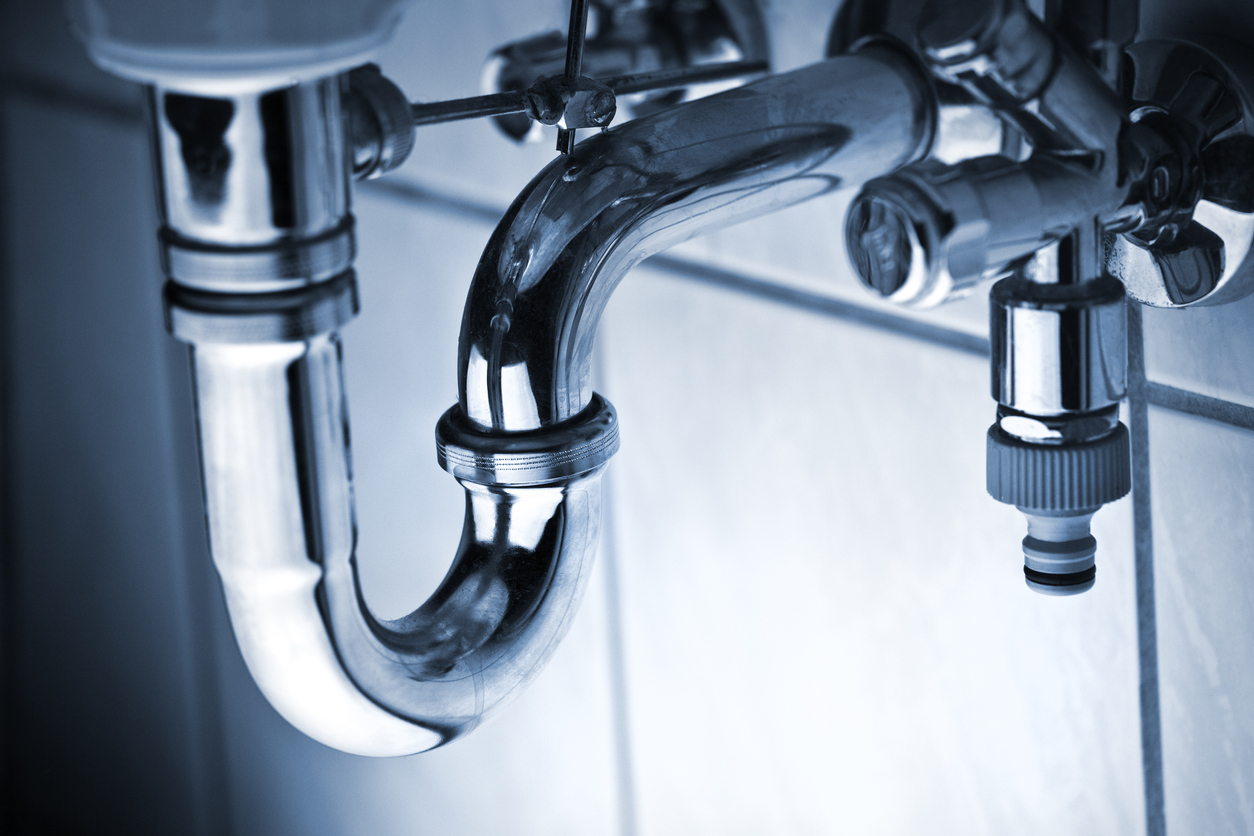Old pipes and valves, worn-out hoses on second-story washing machines and faulty connections for a proliferation of water-using appliances are causing a surge in increasingly expensive damage reported to insurers. The increase has occurred even as many other types of claims—including fire—have declined in frequency, according to industry figures.
One in 50 homeowners filed a water-damage claim each year between 2013 and 2017, the latest data analyzed by Verisk Analytics ’ ISO insurance-analytics unit. It crunches industry data on a five-year rolling basis. The 2.05% frequency rate is up from 1.44% annually between 2005 and 2009.
The bottom line is a $13 billion water-damage bill for homeowners’ insurance companies in 2017. Claims average about $10,000, ISO says.
“Wildfires, hurricanes and tornadoes catch headlines, but the reality is that the No. 1 kind of risk that the everyday consumer has is a water claim,” said Jon-Michael Kowall, an executive in the property-insurance business of USAA, one of the nation’s biggest home insurers.
“It is lurking in the house,” he said.
To tackle the problem, Texas-based USAA has 6,000 policyholders testing water-detecting sensors in a multiyear pilot project. This type of experimentation, where devices are installed to spot potential water damage, has morphed into one of the hottest corners of InsureTech, innovation focused on the insurance sector.
Insurance giant Chubb Ltd. , one of the biggest insurers of high-end homes, says the number of annual water claims costing more than $500,000 has doubled since 2015, and those over $1 million have tripled.
Industry executives said there are myriad factors driving the costs higher.
The increase in overall claims is due partly to aging homes. A postwar building boom in the 1950s gave way to other booms, meaning much of America lives in houses that are decades old and become likelier candidates for plumbing failures. Even homes built during the real-estate bubble of the early 2000s can generate claims as they often have far more appliances with water connections, boosting leak possibilities.
In addition, more homeowners today want their laundry room on an upstairs floor.
“In the old days, if the washing machine had a leak, you’d get a mop” and scrub a concrete floor and be done with it, said Chubb Executive Vice President Paul Krump.
The damage can be particularly stunning in expensive homes.
Developer George Fermanian had always been more concerned about the ocean potentially damaging his two-decade-old oceanfront property in southern California. The property even has a 12-foot sea wall.
But last year, a second-story toilet tank cracked and spilled water in the house for an unknown, extended period when he was away. Oak floors, walls, artwork, electronics gear and seats in a home theater all were damaged.
“Walls are gypsum, wood absorbs water, insulation absorbs water, your cabinets absorb water,” said Mr. Fermanian.
Repairs on his property took eight months and cost Chubb just over $1 million.
Chubb also paid for installation of a water-shutoff system that detects unusual flows of water through the plumbing system, and can be set to shut off within a minute of such activity, Mr. Fermanian said.
In luxury homes, wet bars, water-filtration systems, hot- and cold-water taps, extra bathrooms and other features create typical 40 points of connection into the plumbing system, said Stephen Poux, a senior executive at American International Group Inc.
“That’s a lot of opportunity for a valve or a connection … to spring a leak,” he said.
Mr. Poux regularly meets InsureTech entrepreneurs and tests problem-detecting products. “I’ve personally piloted several devices,” he said. “They don’t always work.”
AIG and some other insurers offer premium credits for policyholders’ use of technology deemed effective.
Though insurers’ payments are growing, it doesn’t mean they pay every water claim that comes their way. Since the 1960s, standard homeowners policies have excluded storm surge and river flooding. And in general, homeowners’ policies cover “sudden and accidental” damage, not routine maintenance.
So homeowners who neglect an obvious slow leak for months before serious damage occurs could end up in a coverage dispute, insurance executives and lawyers said.
Unfortunately, said Kathy Thaut, general manager of At Your Service Plumbing in Tacoma, Wash., many homeowners take the view: “I bought this house, and I just get to forget about plumbing.”
While that attitude is good for business, it has created a staffing challenge. She is working with a trade group to encourage young people to enter the field.
“There are not enough certified plumbers to handle the workload of homeowners,” she said.
Among participants in USAA’s pilot project is Mark Fredriksen, who placed sensors near the water heater and washing machine, and under kitchen and bathroom sinks, in his family’s 20-year-old home in Smithtown, N.Y.
So far, they have averted two potentially costly claims, he said. One sensor detected dripping from an old bathroom valve. One another occasion, as he was putting his children to bed upstairs, the kitchen sensor chirped. Water was spitting out from a dishwasher hose.
Without the sensor, the damage “would have been happening directly under our noses and we wouldn’t have noticed until the next morning,” he said.













